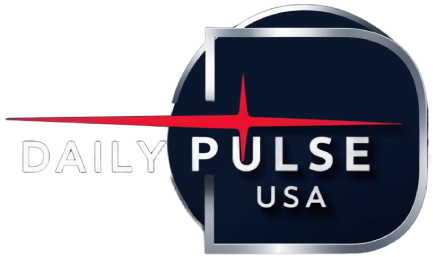In a stark reminder of the ever-present cyber threats facing the digital world, Microsoft SharePoint has recently been targeted by a sophisticated hacking operation. This security breach sent shockwaves across the tech industry, as SharePoint is a widely used platform for document management and collaboration by millions of organizations globally. The incident exposes the vulnerabilities inherent even in robust systems and stresses the urgent need for enhanced cybersecurity measures.
The Microsoft SharePoint hack involved unauthorized access to sensitive corporate data, raising alarms among IT professionals and business leaders. Attackers exploited weaknesses to infiltrate networks, extract confidential information, and potentially compromise entire infrastructures. This breach underscores how critical it is for enterprises relying on SharePoint to regularly update security protocols and monitor unusual activities to mitigate risks effectively.
Microsoft responded swiftly to the breach, issuing patches and security updates aimed at sealing the exploited vulnerabilities. The company emphasized its commitment to protecting user data and minimizing disruptions caused by the cyberattack. Despite these efforts, the Microsoft SharePoint hack has intensified concerns about the challenges of defending complex cloud-based services against increasingly sophisticated hacking tactics.
Experts analyzing the Microsoft SharePoint hack highlight the growing sophistication of cybercriminals who adapt rapidly to security defenses. The breach serves as a case study on the importance of multi-layered cybersecurity strategies, including the use of advanced encryption, real-time threat detection, and comprehensive user education. These measures are essential to safeguard sensitive business information stored on platforms like SharePoint.
The consequences of the Microsoft SharePoint hack extend beyond immediate data loss, potentially affecting the trust between service providers and clients. Companies depend on the reliability and security of digital platforms to maintain operations and safeguard intellectual property. When such systems are compromised, the fallout includes financial losses, reputational damage, and regulatory scrutiny, making cybersecurity a top priority.
This cyberattack also raises broader questions about the resilience of cloud-based collaboration tools in an era of relentless cyber threats. As businesses accelerate digital transformation, platforms like Microsoft SharePoint become critical nodes in operational infrastructure, making them lucrative targets for hackers. Ensuring these systems can withstand sophisticated breaches is vital for the stability of modern enterprises.
Looking ahead, the Microsoft SharePoint hack serves as a warning and a call to action for organizations worldwide. It highlights the necessity of ongoing investment in cybersecurity and the importance of cultivating a culture of vigilance across all levels of an organization. Companies must treat cybersecurity not as a one-time effort but as a continuous process vital to business continuity.
In conclusion, the Microsoft SharePoint hack marks a significant event in the evolving landscape of cybersecurity challenges. It illuminates the persistent risks facing digital collaboration platforms and the urgent need for comprehensive security frameworks. As the digital ecosystem grows ever more complex, safeguarding platforms like SharePoint will remain a critical battlefront in protecting data and maintaining trust in the digital age.
Author: Halabeth Gallavan







